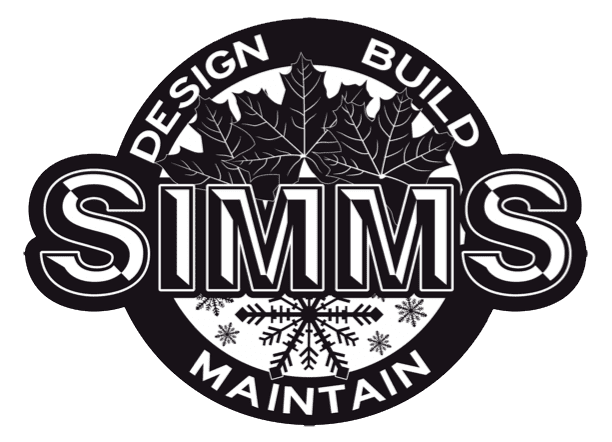“Done” should be verifiable. Use a closeout checklist: 1) scope items installed to spec (plant counts/sizes, paver borders, edge restraints); 2) systems tested with documentation—irrigation zones run, pressures recorded, controller programmed and labeled; 3) site cleaned and excess materials removed; 4) punch list created, completed, and signed at zero. You should also receive plant care instructions, controller settings, warranty certificates, and as-built notes for valves and sleeves. If any of this is missing, schedule a final walkthrough and hold a modest retainage until items are closed. Photos of key details (e.g., base compaction tests, plant tags) are useful records. A professional landscaper expects this process; it protects both sides and prevents post-close surprises.
Is my project truly finished, or is the company just saying it’s done?
Related FAQs
-
Will I regret this landscaping in five years?
You won’t if you design for maintenance and Utah’s climate. Choose drought-tolerant plants, size irrigation correctly, and avoid trendy materials…
-
What typically fails in the first year from a landscape company?
The most common first-year failures are plant loss and irrigation glitches. In Utah’s hot, dry summers, newly installed sod or…
-
Is this under warranty, or is it my responsibility?
Warranties generally cover defects in materials or workmanship, not damage caused by outside forces. In Salt Lake and Davis Counties,…
